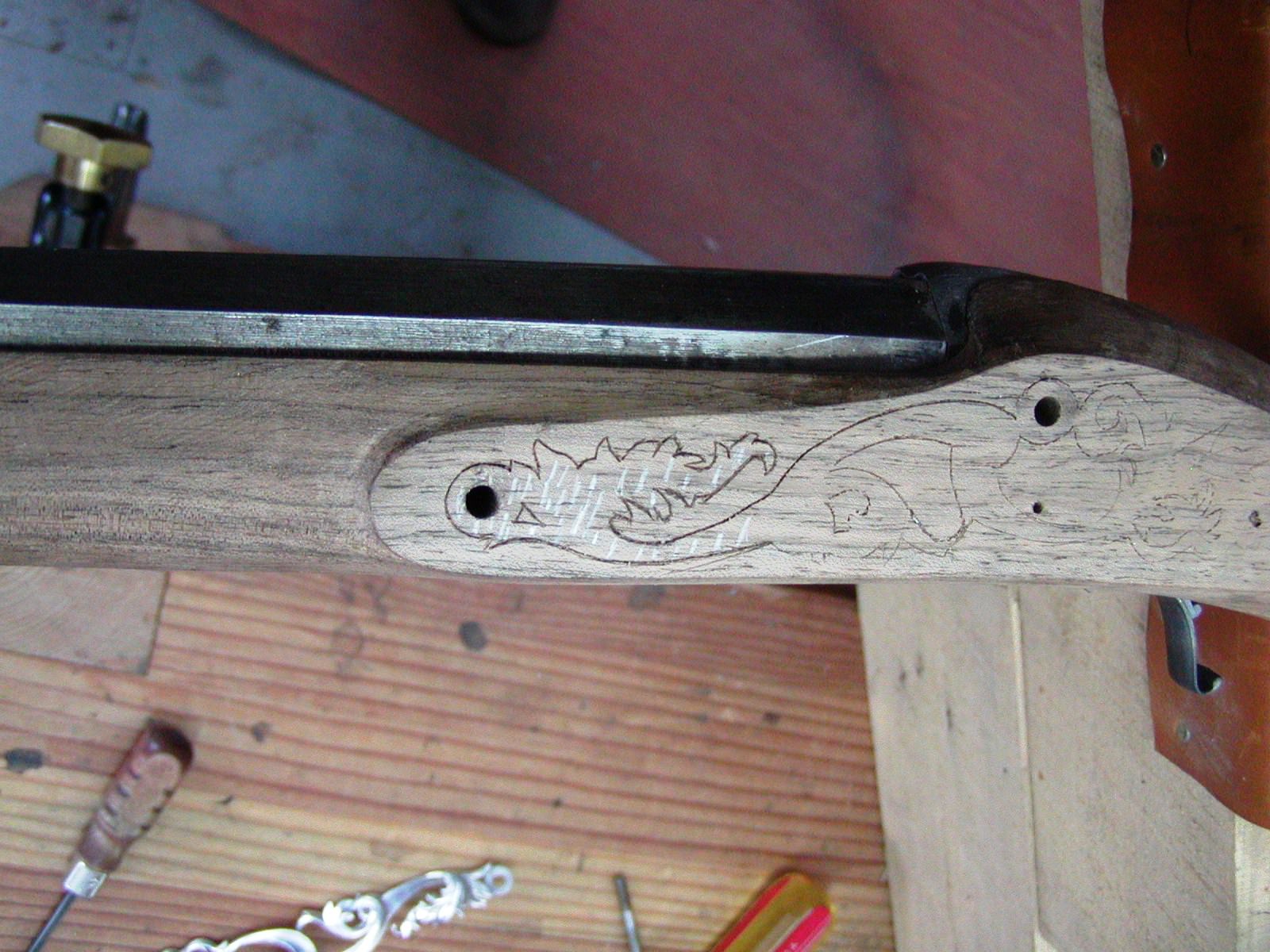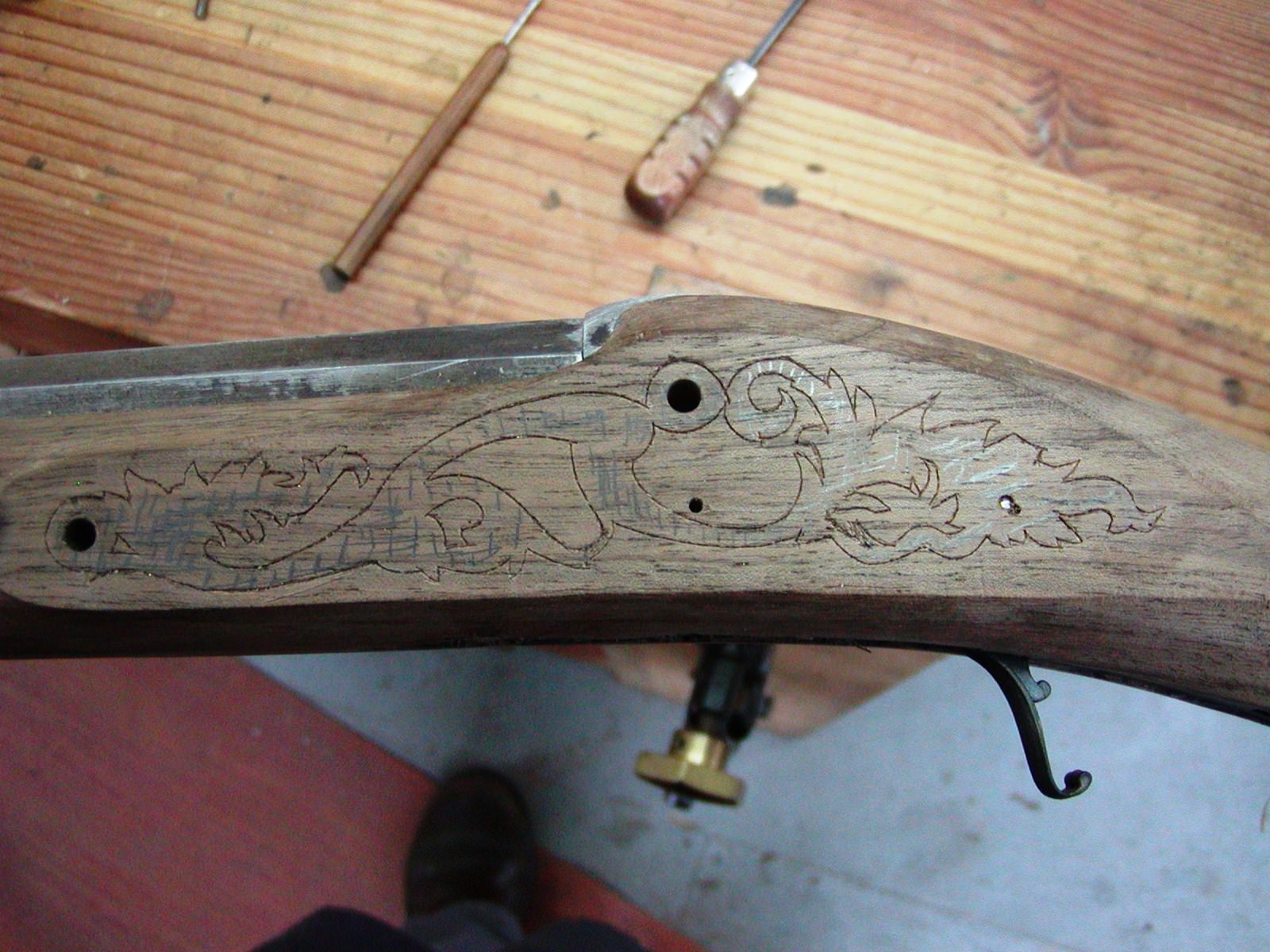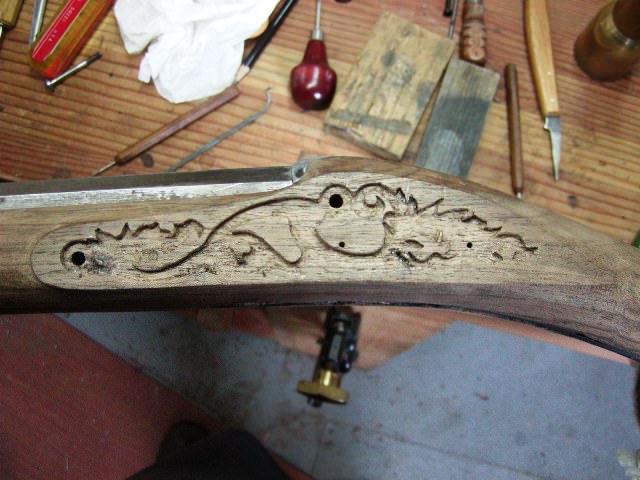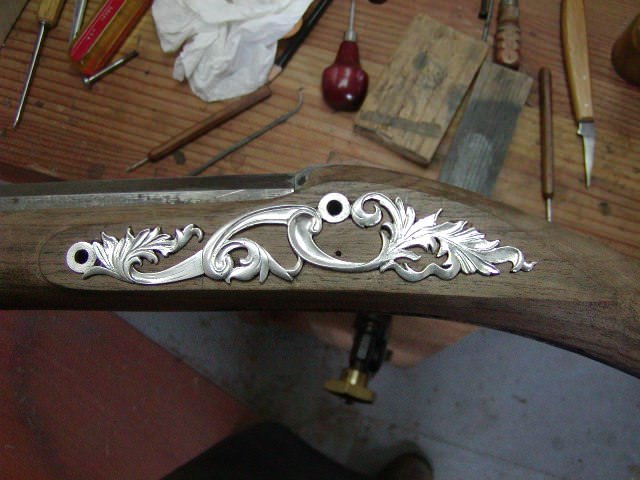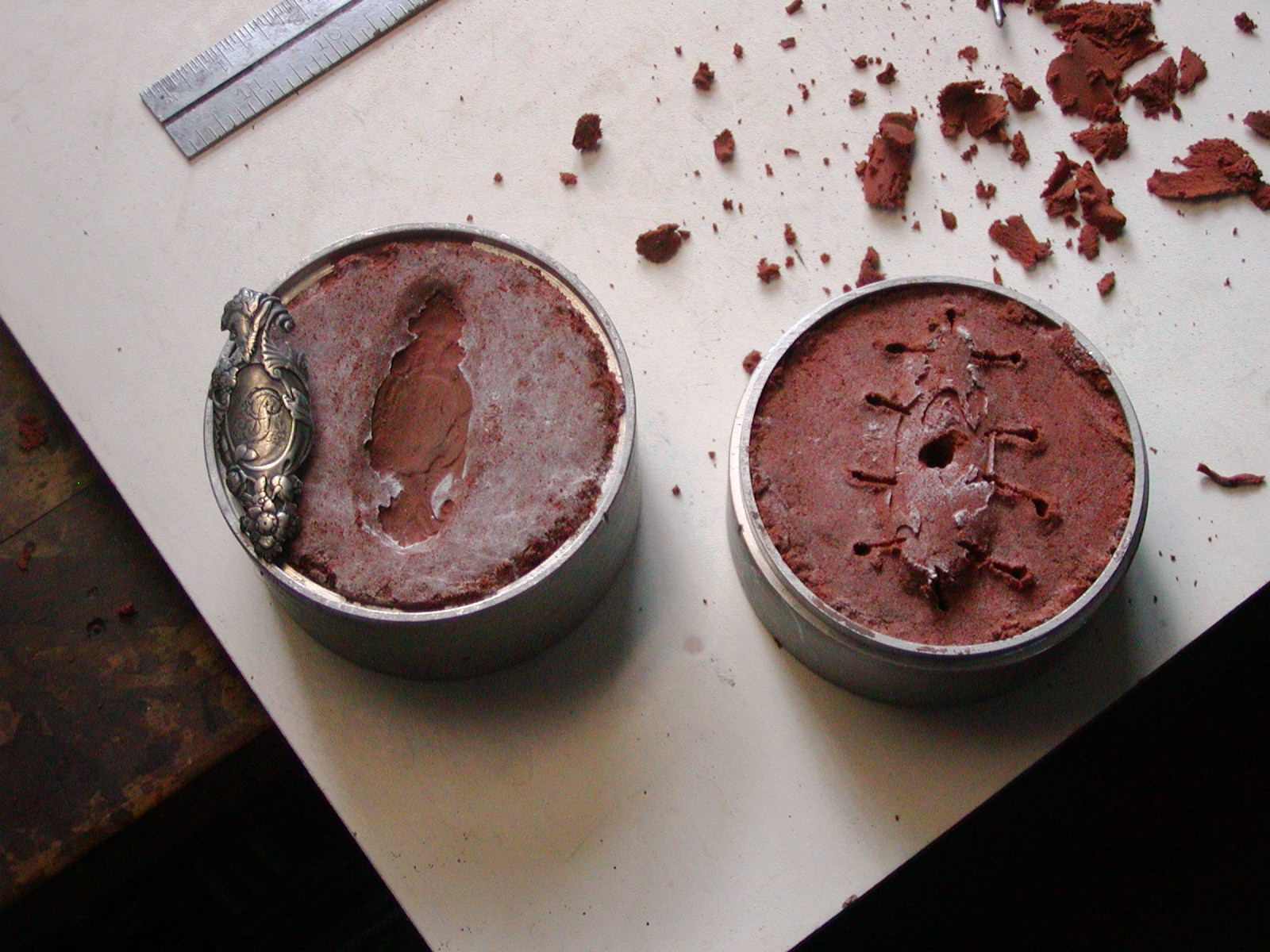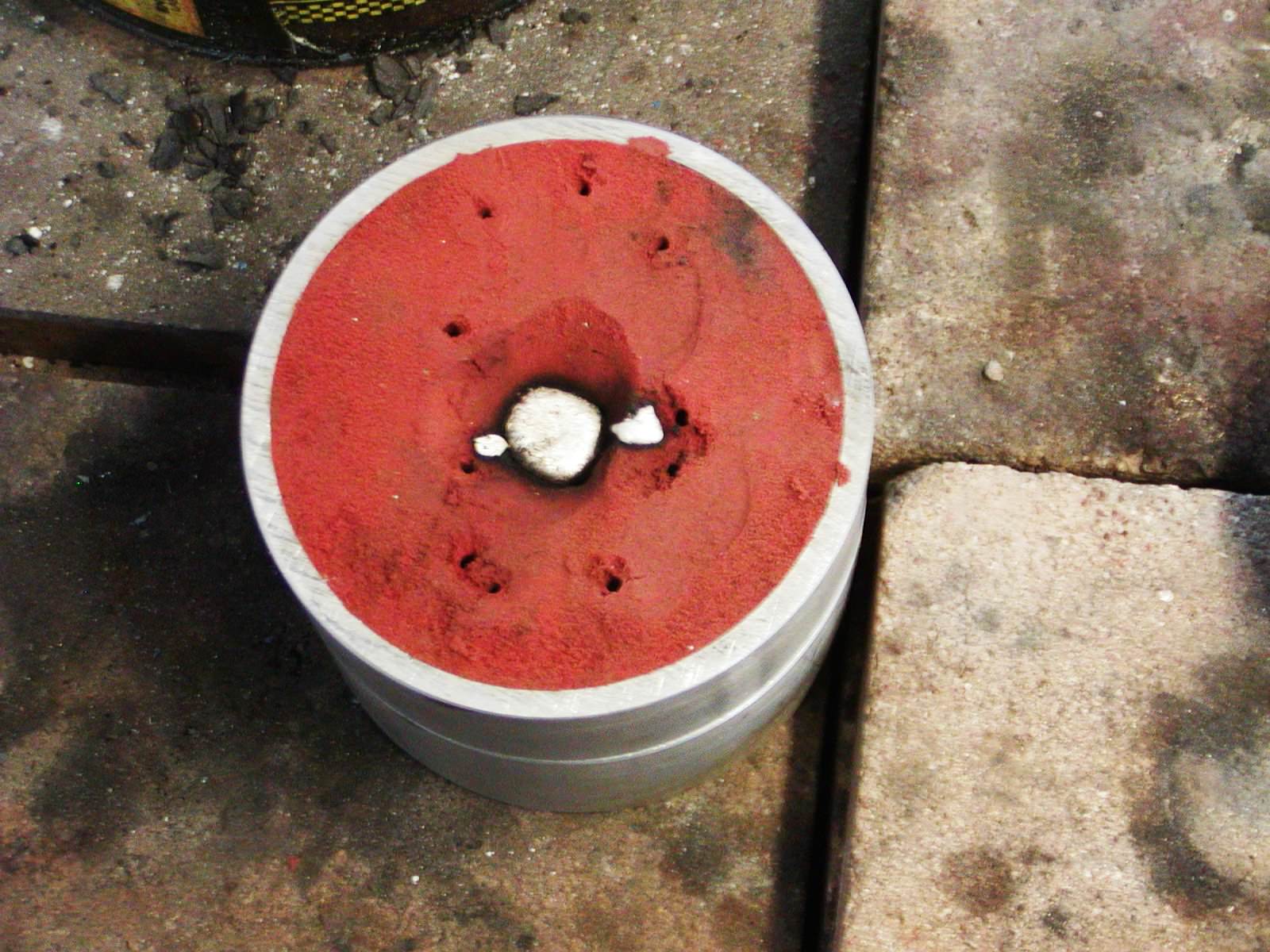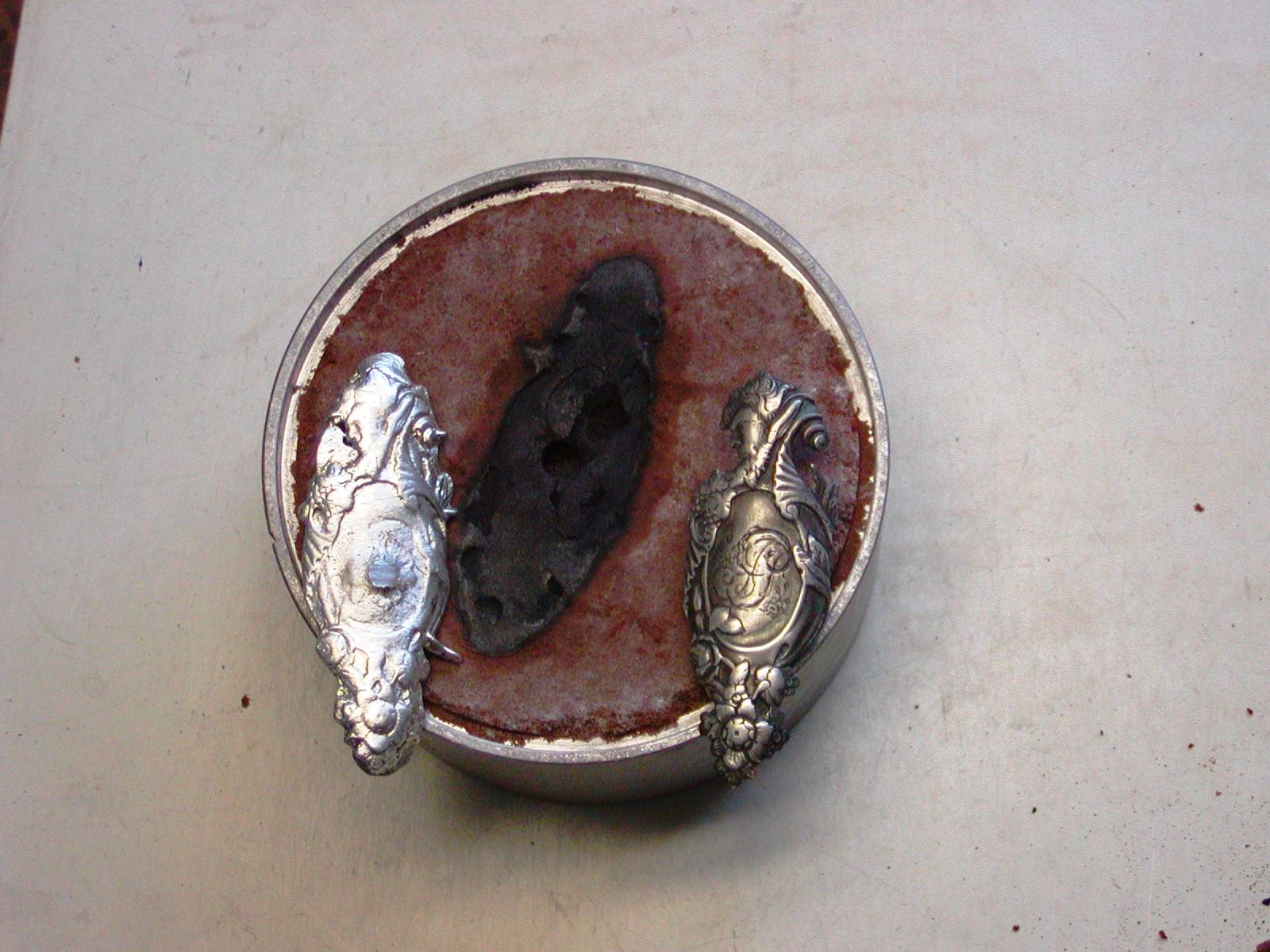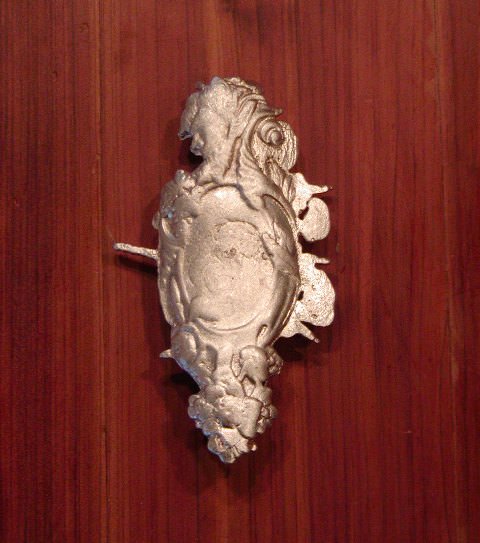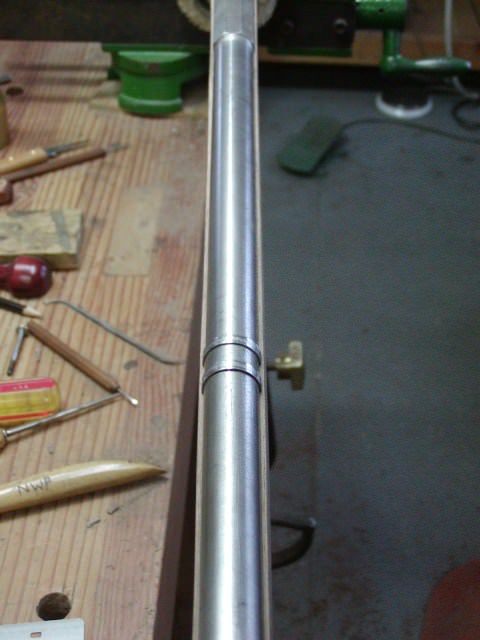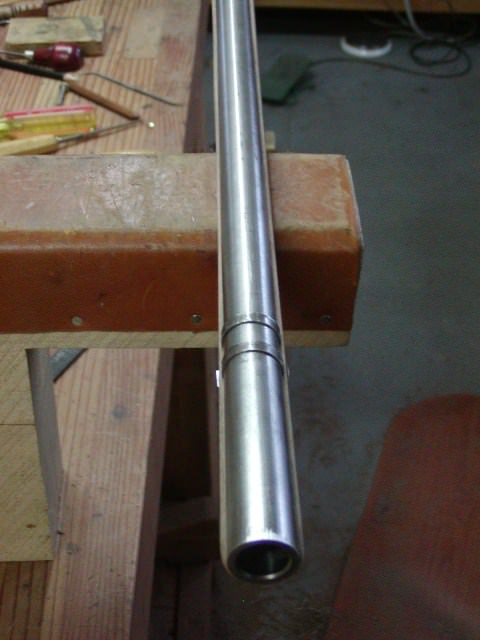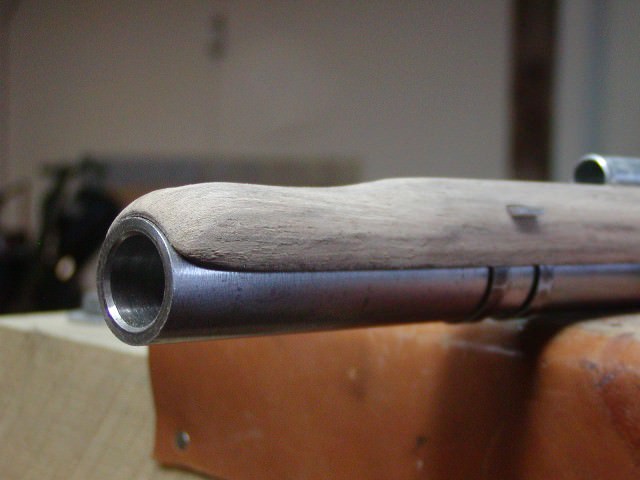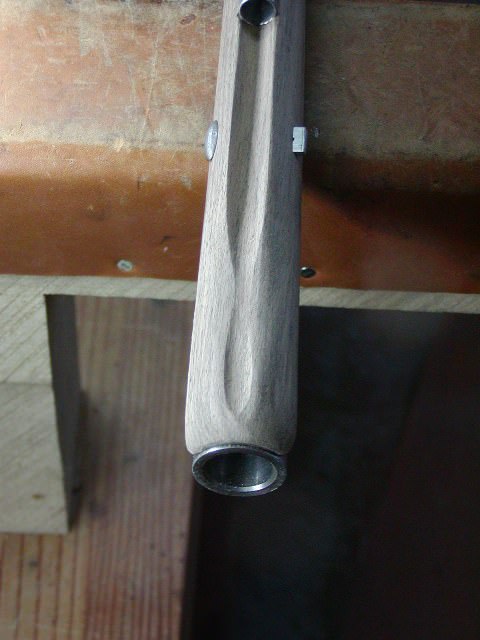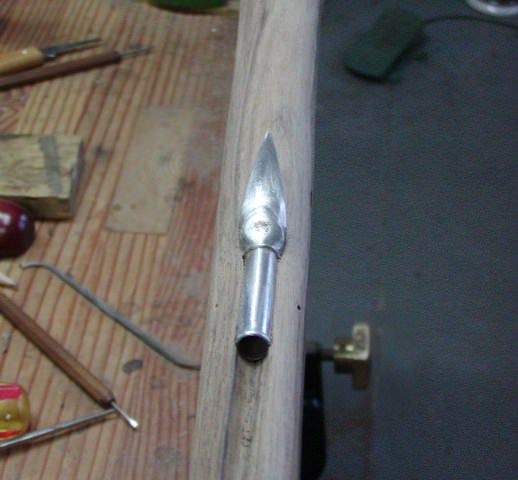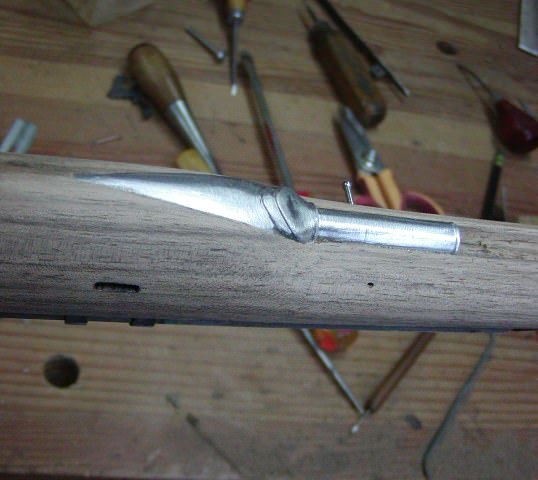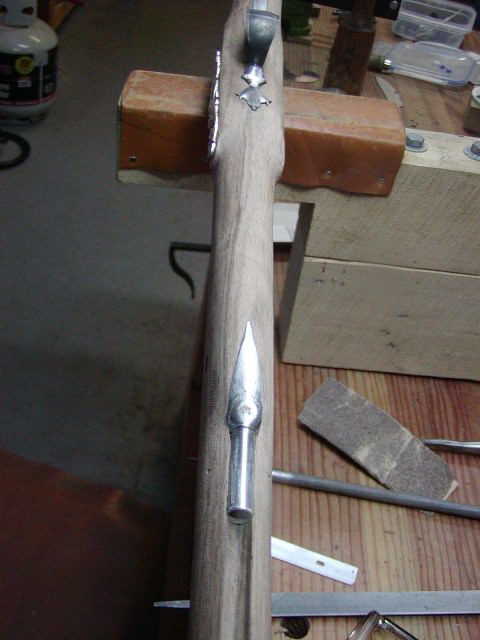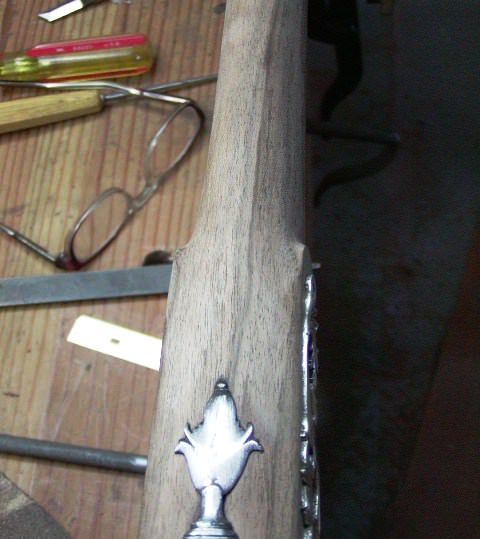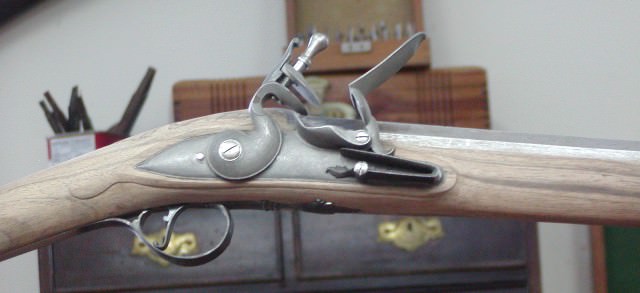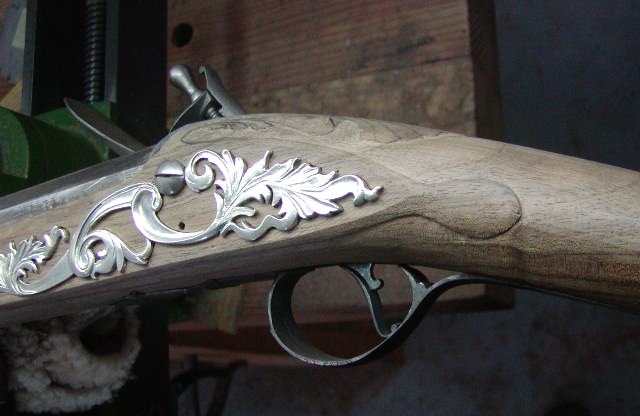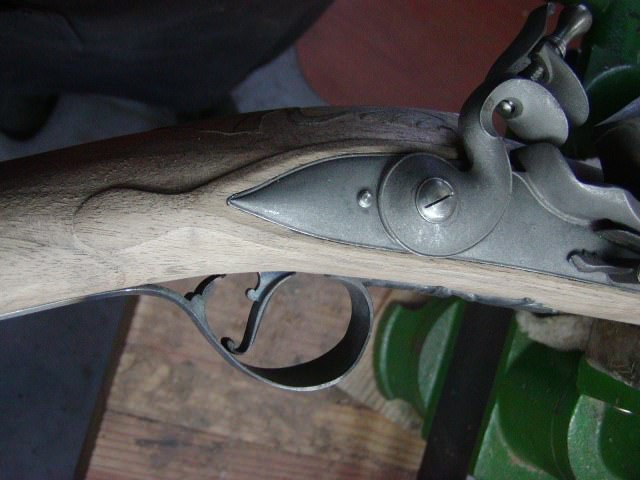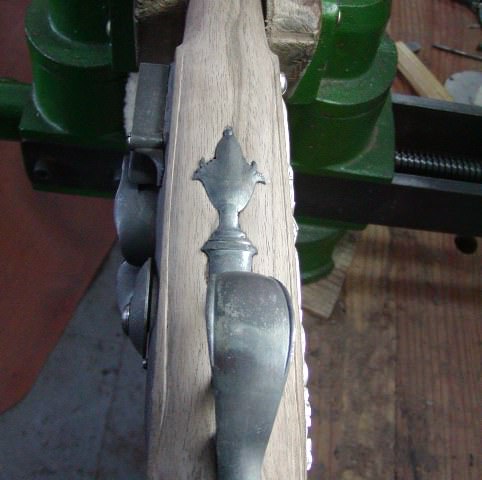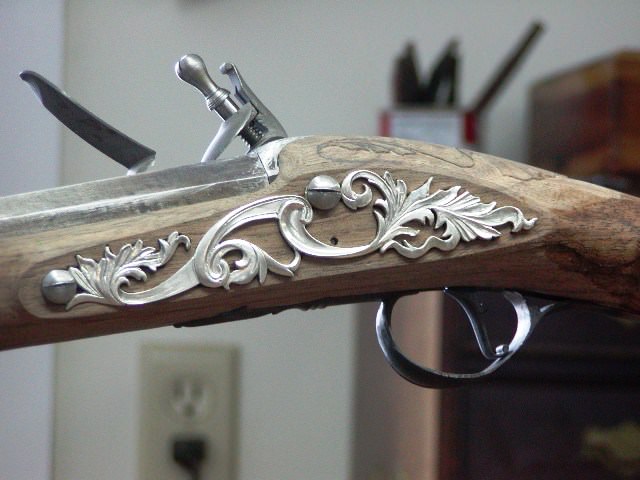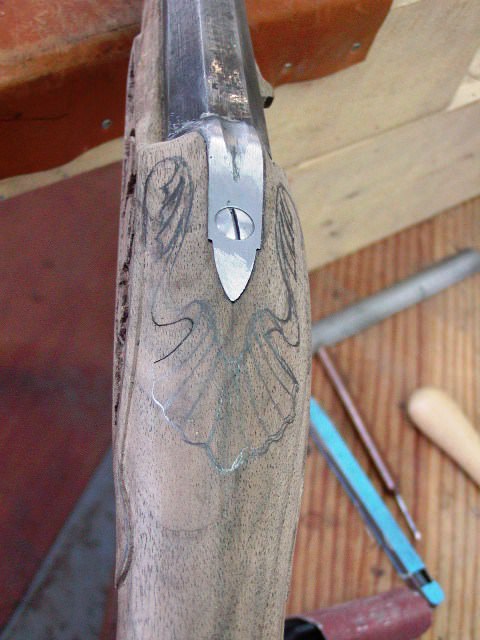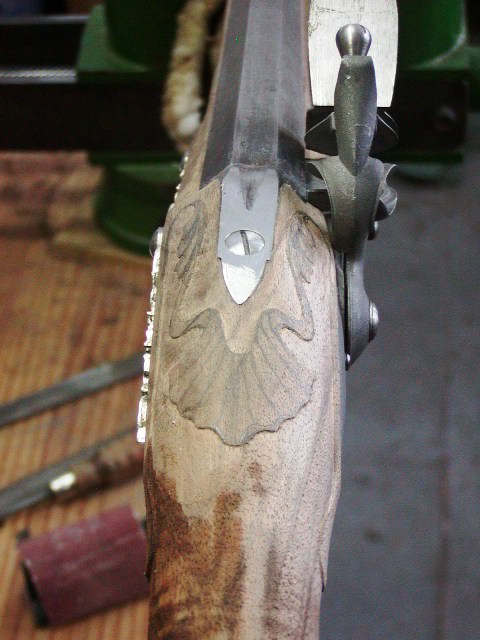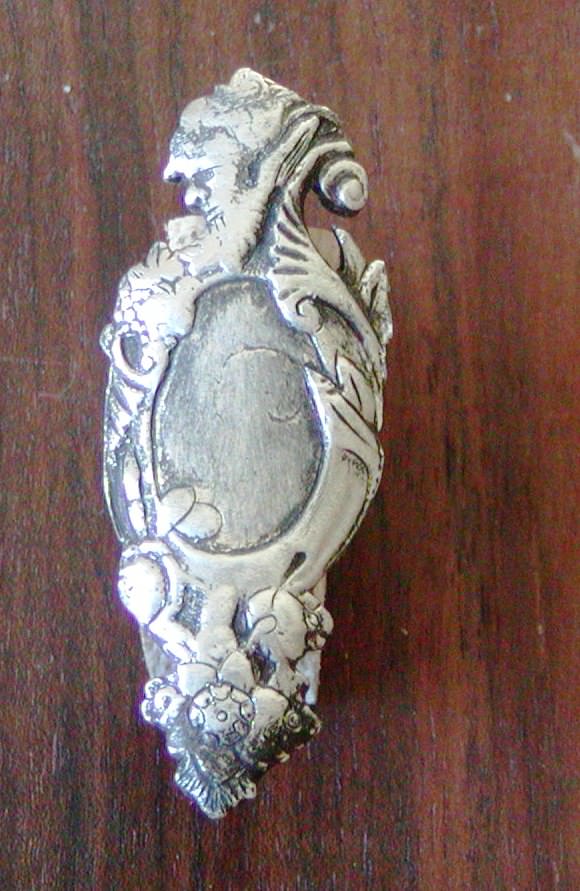Don't know how I missed this post earlier.
What a wowser. The photo progress is, in itself, a wonderment to look at. Each step reminds me that we are all gifted in different ways. The disaster that would result from me trying that is why I am an honor member of the club that turns $1,500.00 worth of parts into a $200.00 gun.
And that walnut is stunning. The whole thing is truly impressive.
I also am impressed with your workbench. It can actually be seen. Mine not so much. :redface: And, I like that vise.
What a wowser. The photo progress is, in itself, a wonderment to look at. Each step reminds me that we are all gifted in different ways. The disaster that would result from me trying that is why I am an honor member of the club that turns $1,500.00 worth of parts into a $200.00 gun.
And that walnut is stunning. The whole thing is truly impressive.
I also am impressed with your workbench. It can actually be seen. Mine not so much. :redface: And, I like that vise.





